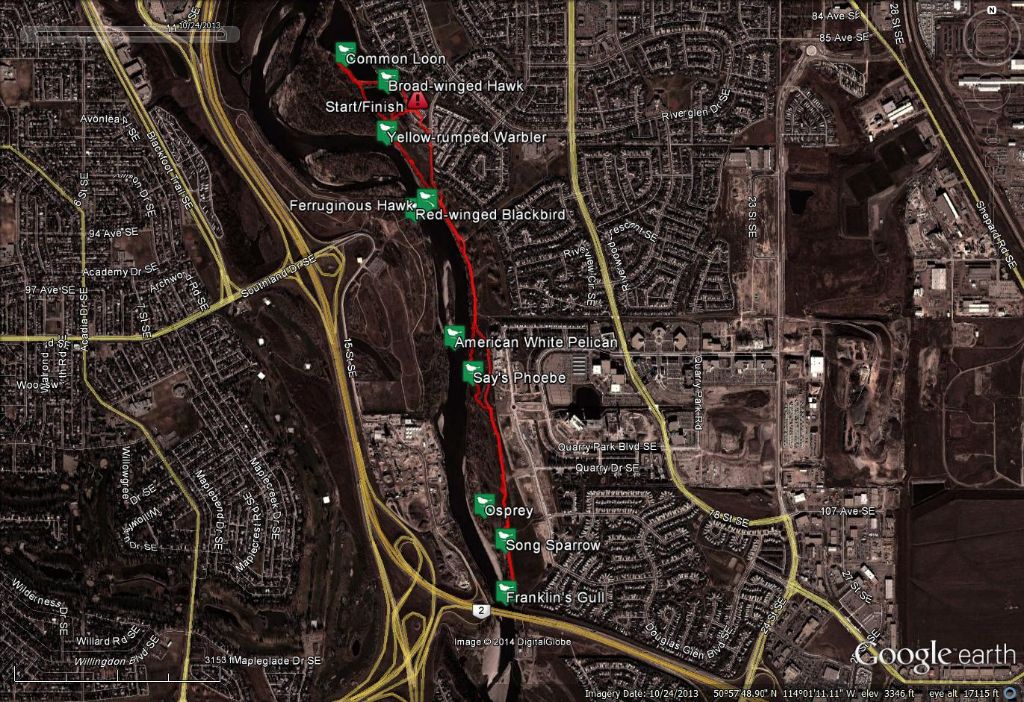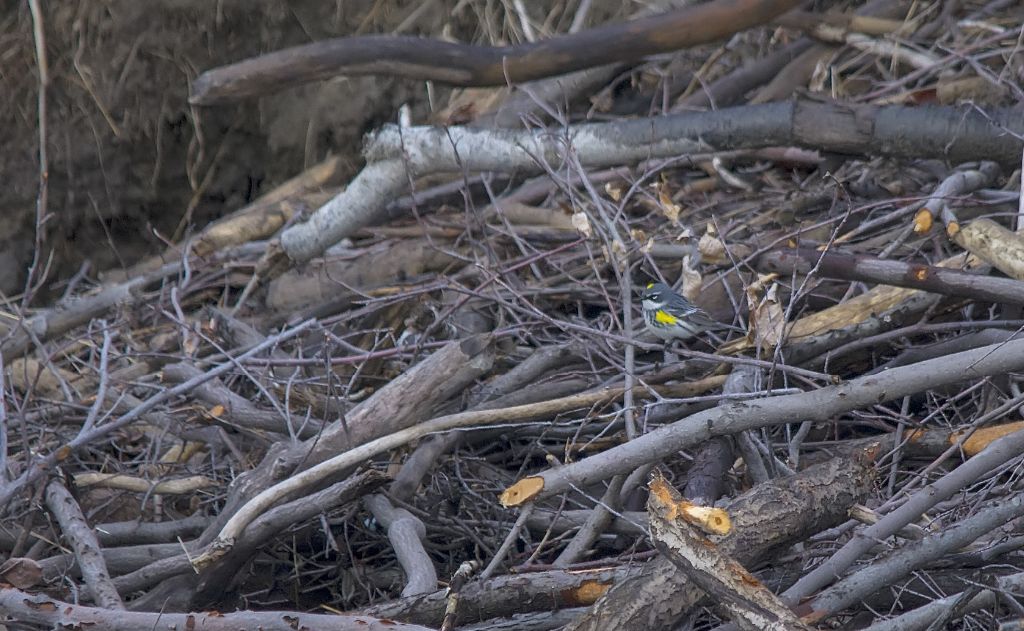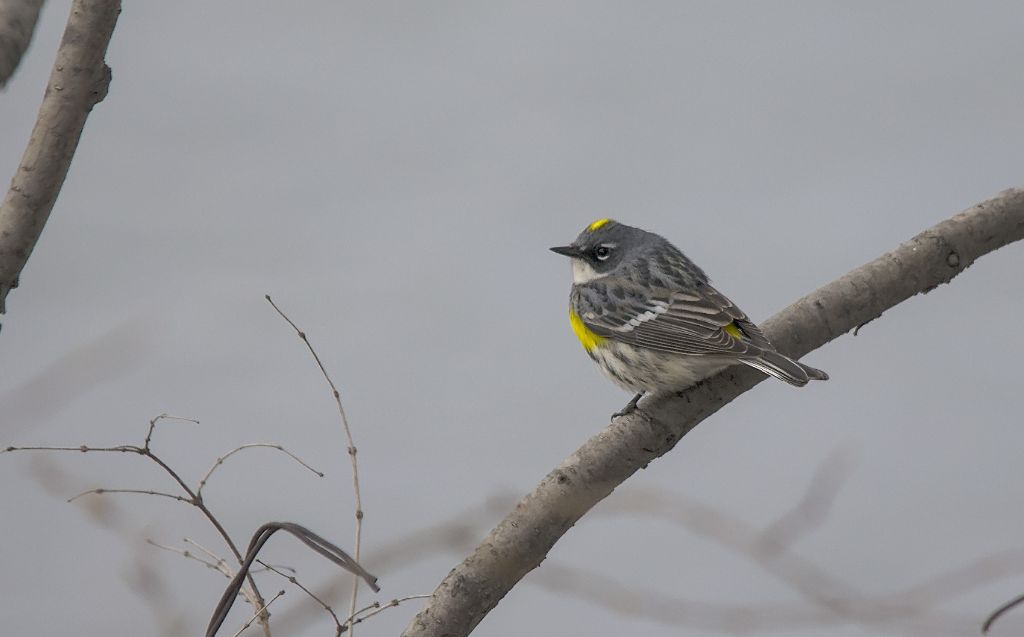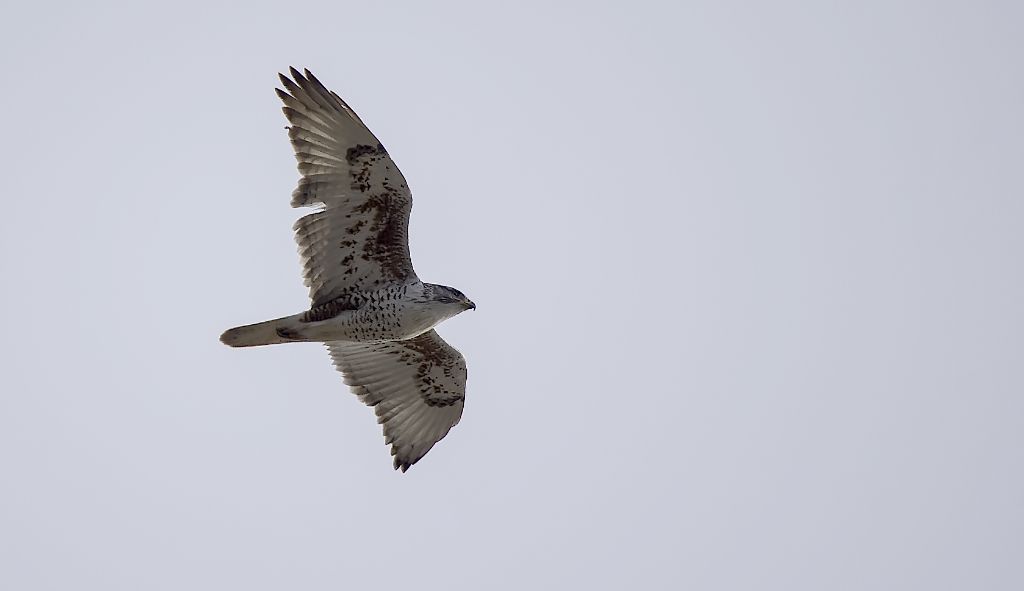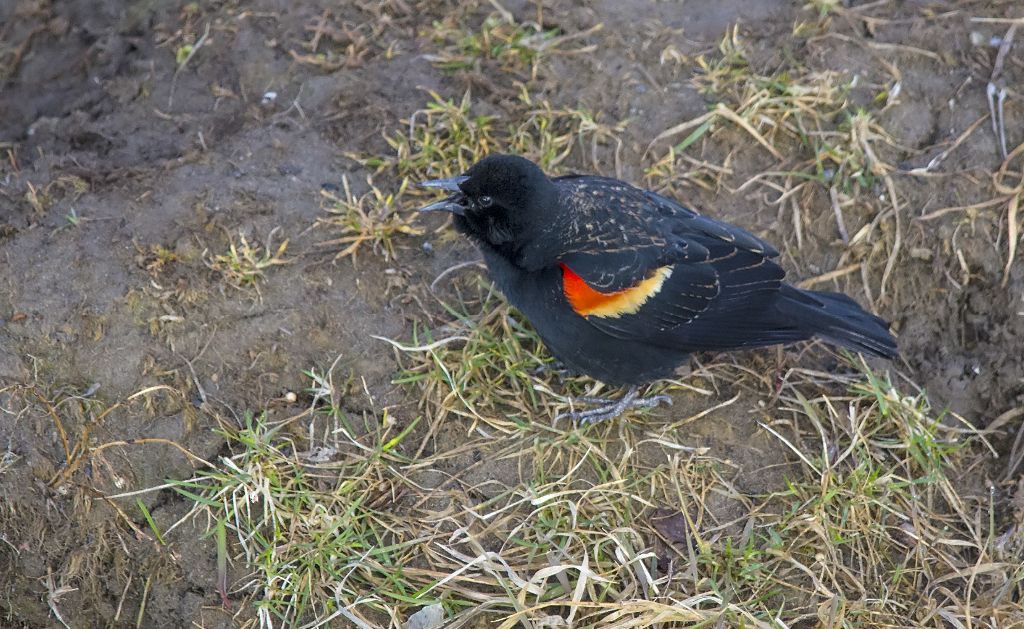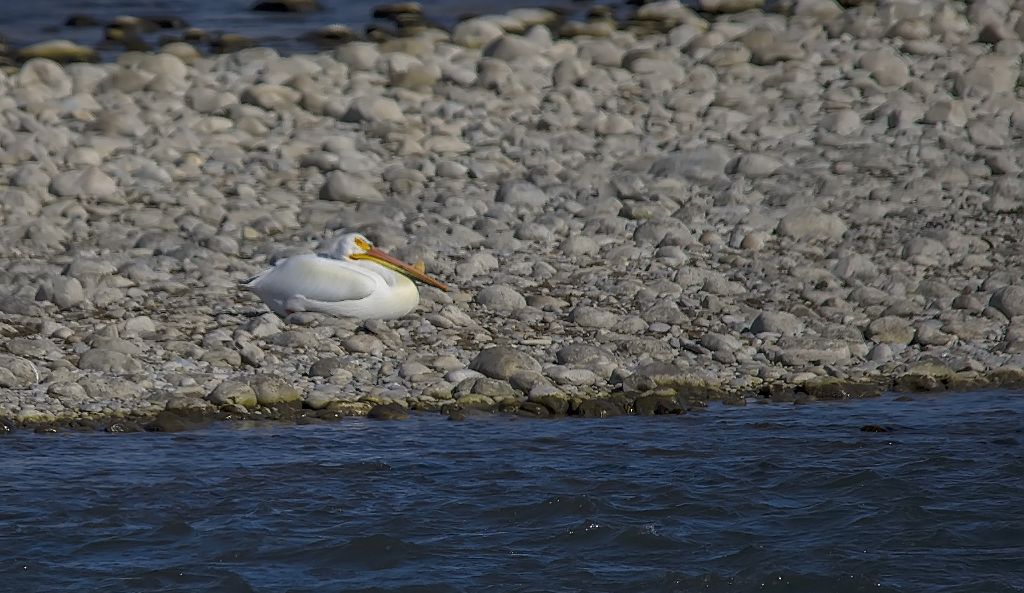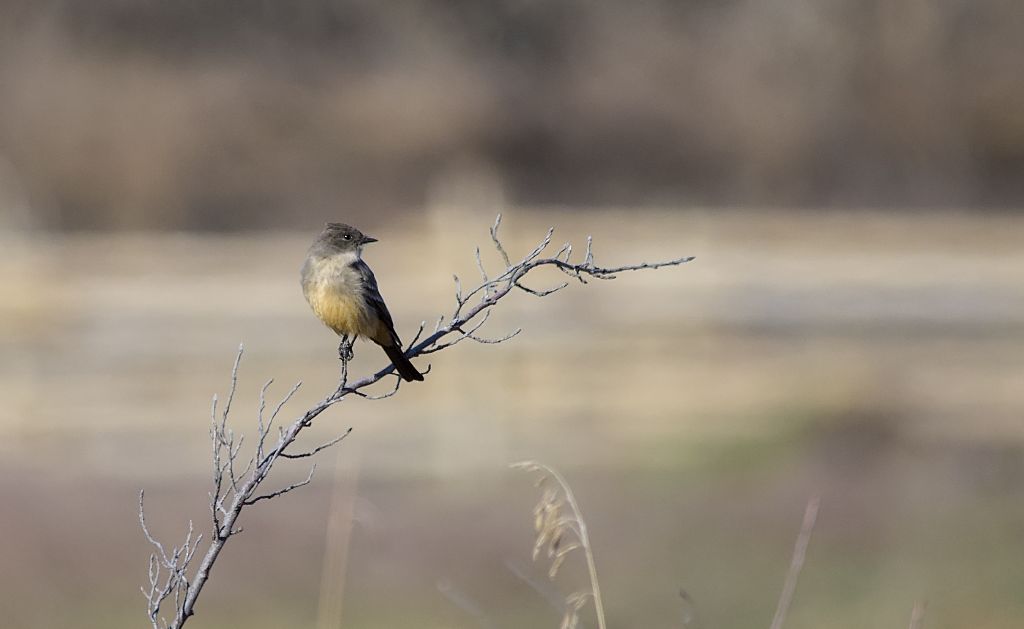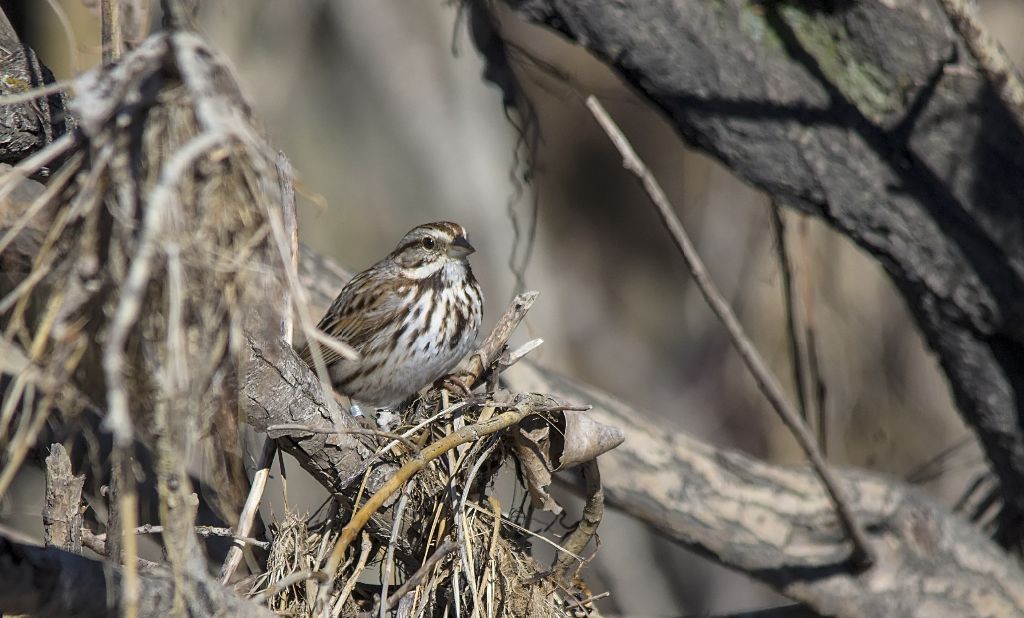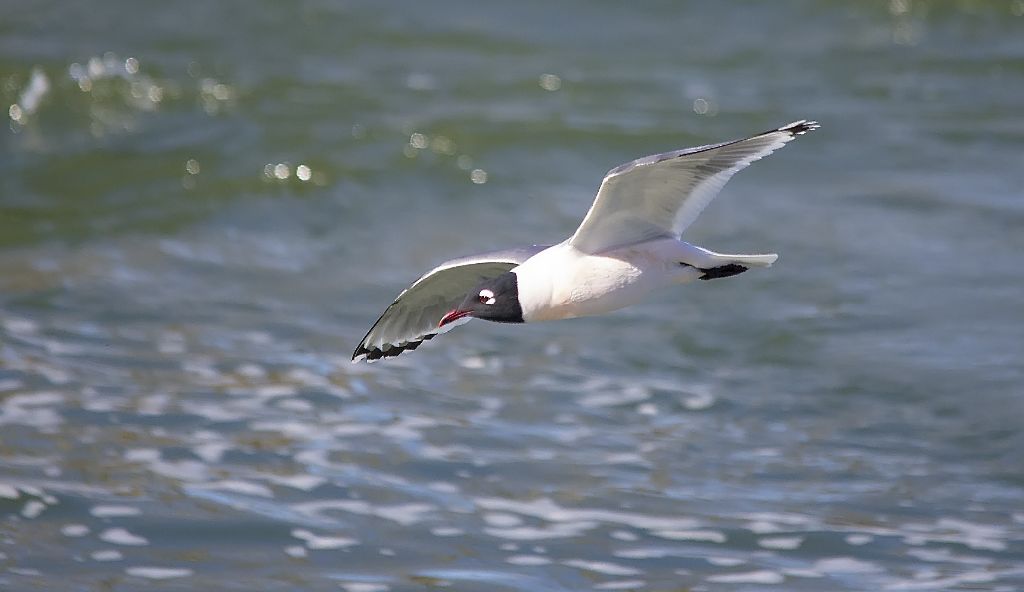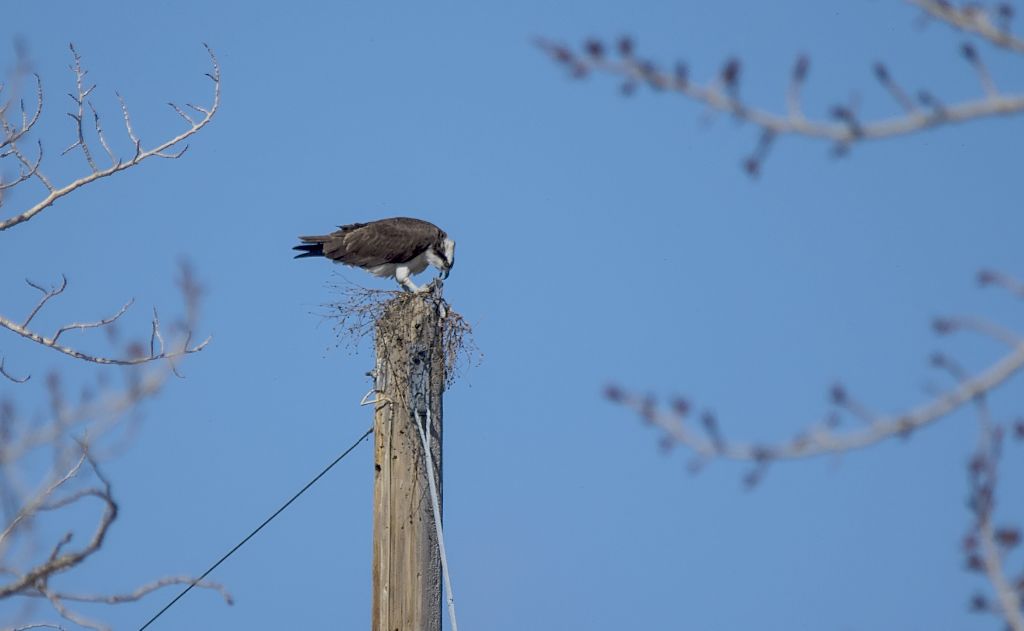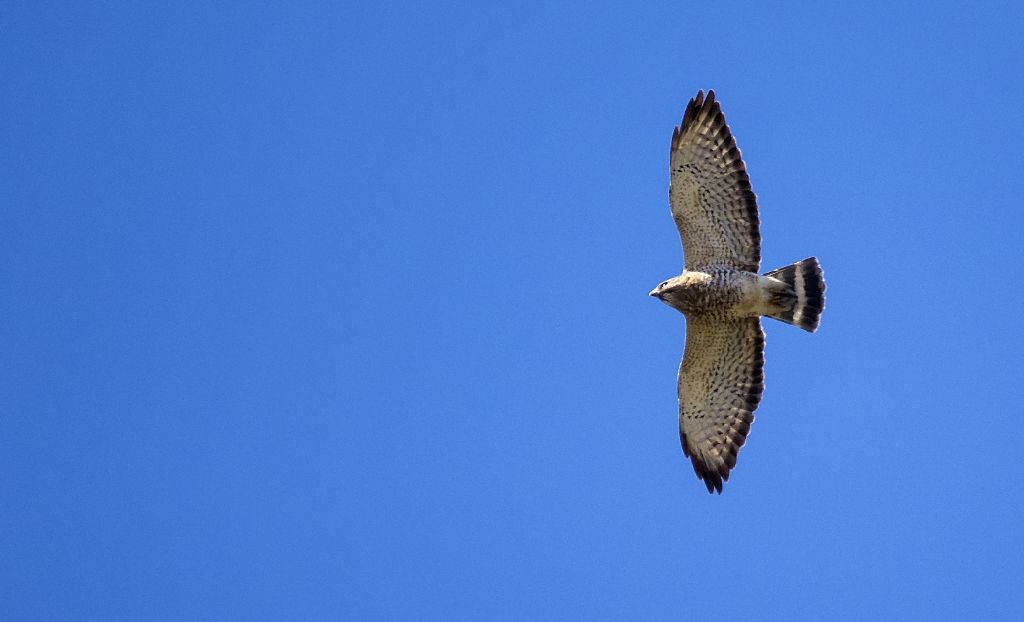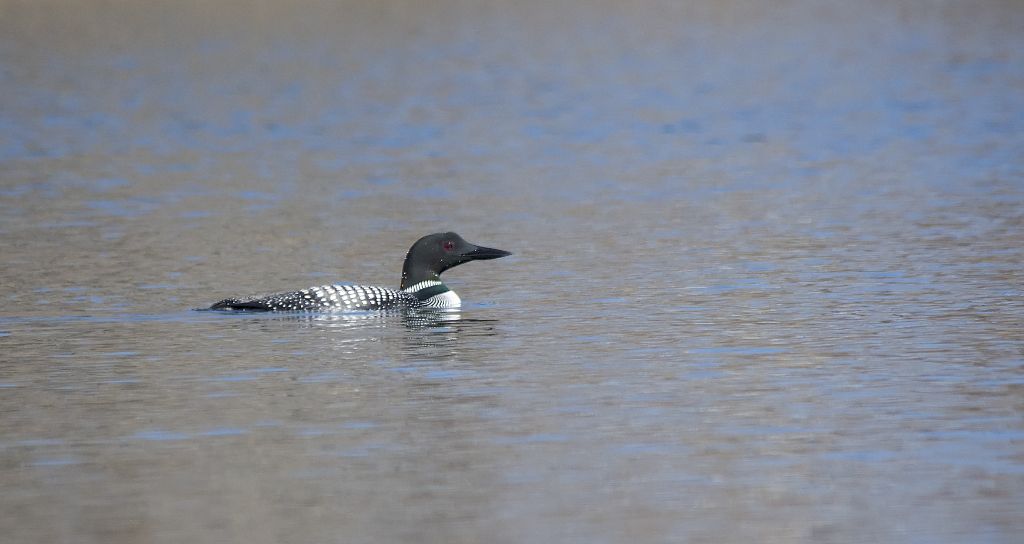Hello; allow me to introduce myself. My name is Terry Korolyk. I have been, among other things, the Compiler of the City of Calgary and Nature Calgary Bird Alert since 1994 and have also been the Compiler for Alberta for the Prairie Provinces Region of North American Birds, a quarterly publication of the American Birding Association, for approximately 16 years.
Currently, I am working on 2 birding books with one being “The Birds of the Calgary Area and Southern Alberta”, and, the other being the “The Birds of Fish Creek PP”. I am sure most of you are well aware of how well known Fish Creek PP is in our area as the Park is often featured on Birds Calgary.
I will be contributing on a regular basis to the Blog with my first venture focusing on a trip I led for Nature Calgary Saturday, July 16 down to the Stavely area to bird concentrating on the huge Pine Coulee Reservoir west of Stavely and Clear Lake on the prairie 15 km east of Stavely on Township Roads 140 and 142. From the main parking lot in the Glennfield area on the east side of Fish Creek PP, we cruised down Highway 2 as far as Nanton turning off and following the road behind the Esso (Regular Unleaded is almost always 2 cents more than the other Gas Stations in the town at the Esso) directly to the south end of Nanton. This road is usually quite birdy and is almost always a sure bet for one, if not more, EURASIAN COLLARED DOVES.
Sure enough, we did see one perched on a telephone line.
Once at the south end of town, we crossed the highway and set out for Pine Coulee Reservoir. This road is paved much of the way, but, just as the pavement ends, a fairly large slough appears from just over a hump. Usually, this is a good birding stop on the way, but, given the recent rains we’ve had, the slough was flooded and not one bird was present. We pushed on. Following a few kilometres of gravel, we reached Township Road 150 and made the turn left to descend down the switchback to the reservoir. To this point, the drive from Nanton was very birdy with lots of Buteos (mostly Swainson’s Hawks, but, in a different variety of plumages. Vesper and Savannah Sparrows and Western Meadowlarks, all singing, had lined our route.
The mudflats were extensive on the south of Township Road 150 where it crossed the north end of the reservoir. Large numbers of shorebirds from the North prodded and poked about in the muck. A few minutes birding there produced 250+ Lesser Yellowlegs; 60 Baird’s Sandpipers, and, 1 Stilt Sandpiper amongst many Killdeer. Female Ducks of different species led their broods of tiny Ducklings almost everywhere on the water on both sides of the road. Flocks of Tree and Bank Swallows and 2 resident Cliff Swallows swiveled back and forth the over the water in search of flying insects. There were many juveniles as it had become fledging time for them.
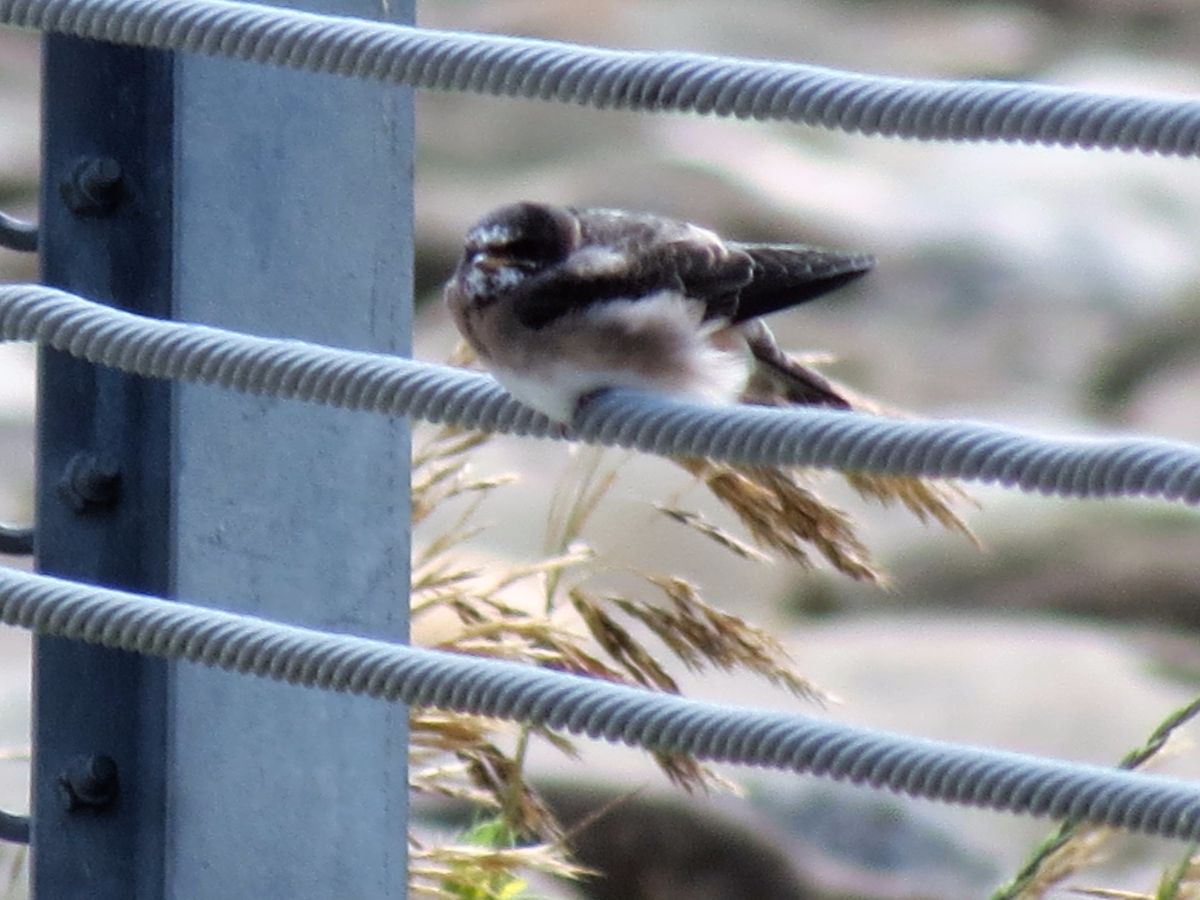
Juvenile Bank Swallow.
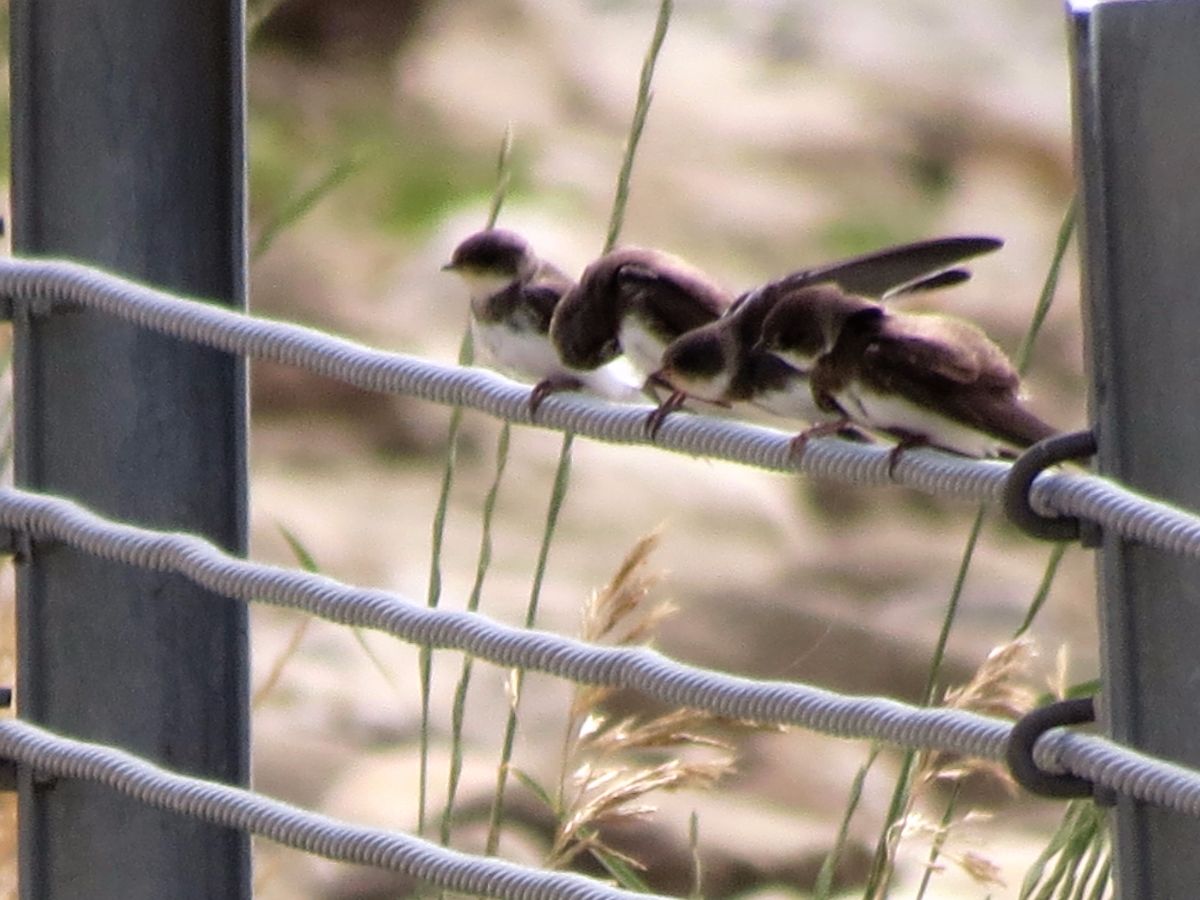
Adult Bank Swallows.
We carried on soon ending up at the Dam, which, in Fall is a great landfall for migrant waterfowl and other birds heading to their wintering grounds. At this time of year, there was an assortment of Diving Ducks and other birds which included 1 immature Double-crested Cormorant, and, 3 juvenile BARROW’S GOLDENEYE.
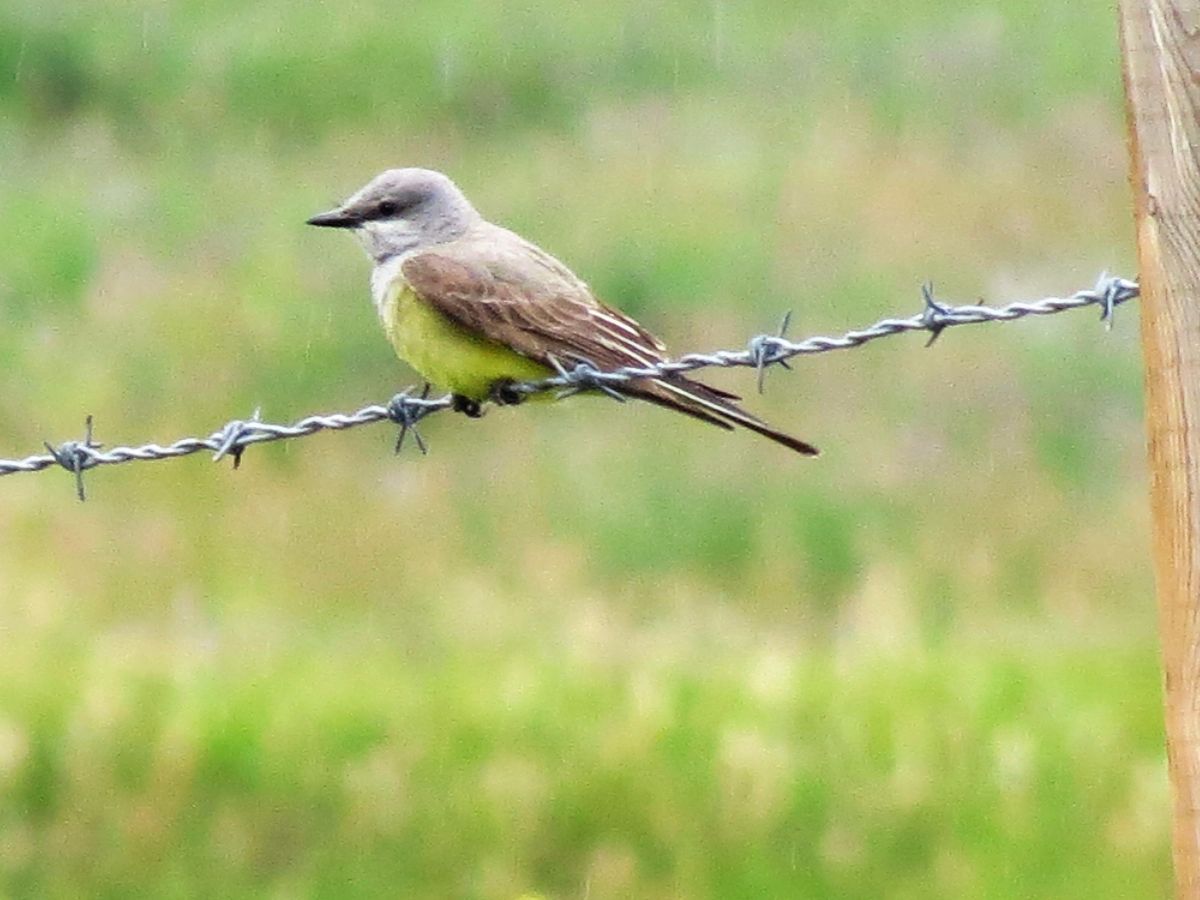
Western Kingbird.
Leaving the Dam on Township Road 140, we found more waterfowl and both Western and Eastern Kingbirds started to show themselves. Mourning Doves also started to appear. We turned right on Range Road 281–more Mourning Doves; 7 of them.
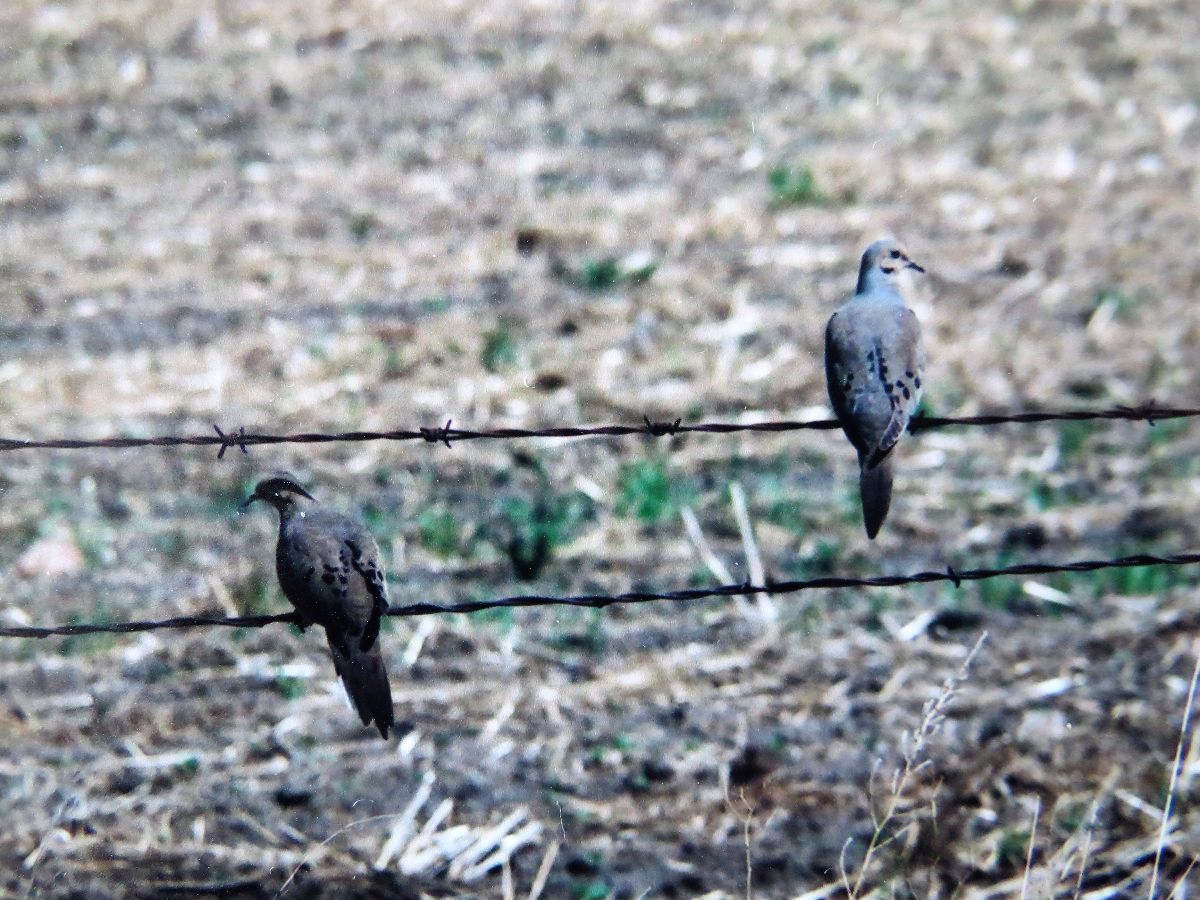
Mourning Doves.
Almost immediately after, one of the prizes of the day, a pair of COMMON NIGHTHAWKS, a male and a female, bounced around in the air against a backdrop of billowing white Cumulus clouds, and…………at the same time!……….a FERRUGINOUS HAWK soared against the clouds. We then stopped for lunch a few hundred metres along at a slough that, in past years, was an excellent location to observe American Wigeon during breeding season. Spring migration periods at this slough produced large numbers of Wigeons usually including one or more EURASIAN WIGEONS and EURASIAN-AMERICAN males. I could recall one particularly spectacular looking individual of this hybrid. This year, however, Eared Grebes, colonial birds, were nesting there, and you could see their many vegetation nests jutting above the water’s surface. Flocks of Brewer’s Blackbirds, Brown-headed Cowbirds, and, European Starlings horded along the water’s edge and in in the nearby crop fields. We headed back to Township Road 140 and then headed east to Clear Lake.

Swainson’s Hawk.
There were more Mourning Doves then, and, both Swainson’s and Red-tailed Hawks on the drive to Clear Lake, then after we crossed Highway 2, Horned Larks started to appear along with the Vesper and Savannah Sparrows. The Campground at Clear Lake gave us great chances to observe both Western and Eastern Kingbirds again. On the lake, Eared Grebes and Franklin’s Gulls loafed and hunted respectively, but…………amongst all the Franklin’s Gulls swam 1 breeding-plumaged BONAPARTE’S GULL, a nice surprise and a chance to watch a bird we don’t see much of here at this time of year.
Heading north on Range Road 261 up the west flank of the lake we found an adult FERRUGINOUS HAWK perched on a fencepost. Birds seen at the north end of Clear Lake included 10 breeding-plumaged SHORT-BILLED DOWITCHERS while a Mammal sighting there included one very large White-tailed Deer doe crossing the lake.
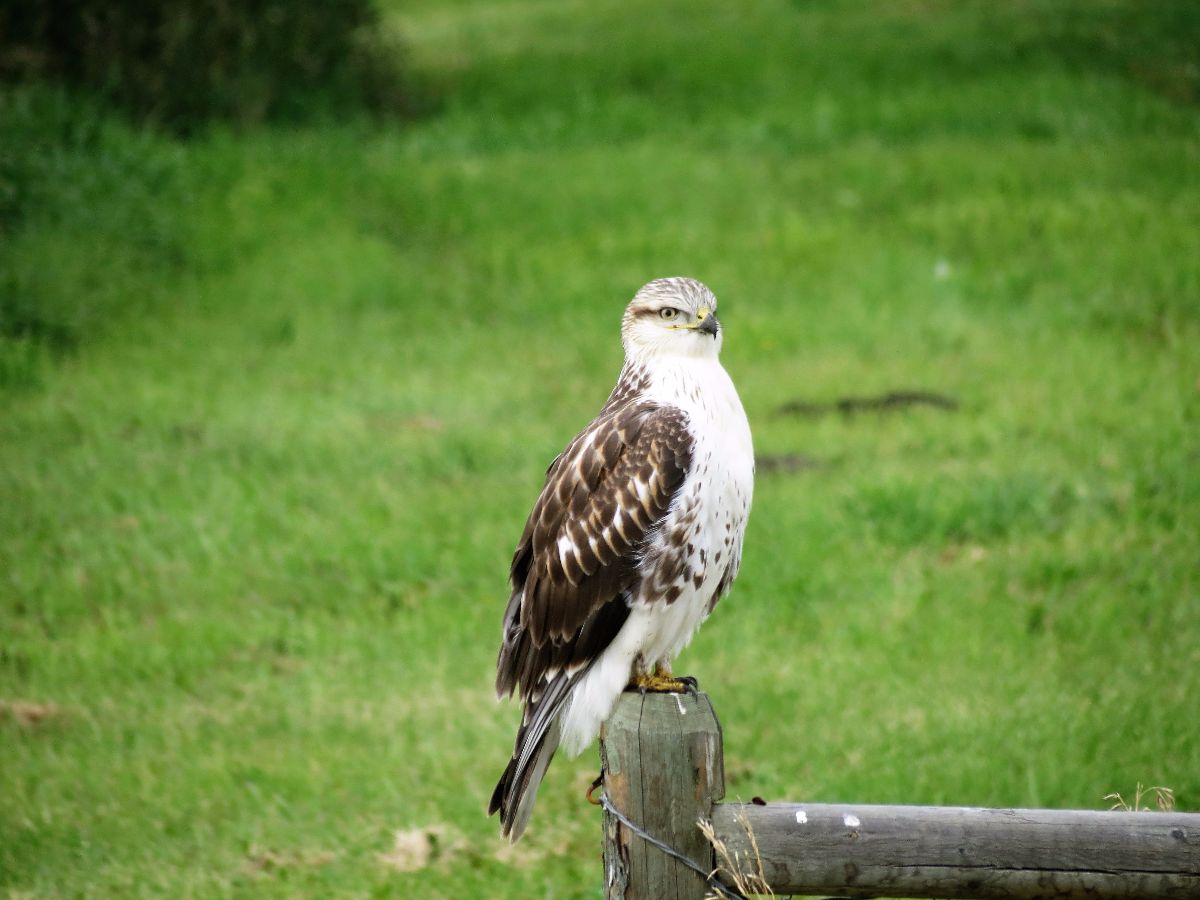
Ferruginous Hawk.
We headed north on Range Road 260 to start the return trip to Calgary. We had time for 2 very good stops—-one at Township Road 152 and Range Road 265 where we watched many fledging and adult Tree, Bank, and, Cliff Swallows, and, the other on the west side of Range Road 270 just south of Highway 533 where we found 19 migrating RED-NECKED PHALAROPES in breeding plumage swimming on the water along with 3 more SHORT-BILLED DOWITCHERS along the shoreline. Amongst the duck species there was 1 hybrid female GADWALL-NORTHERN PINTAIL! Our final bird of the day was a bird I think is one of our showiest and most flamboyant on Range Road 272 south of Highway 23:

Loggerhead Shrike.
We reached Highway 23; turned north on Highway 799 and followed that and Highway 552 and Dunbow Road back to Calgary.
For those of you who do not know what Bird Alerts do (they are also known as RBAs, or, Rare Bird Alerts ), they are a phone service used to report sightings of rare and unusual birds. In our case here in Alberta, the city of Calgary RBA number is 403-221-4519. If you have found a rare or unusual bird, or, have noticed some unusual interesting bird behaviour, or, have noticed an unusually large number of individuals of a particular species of bird, or, have noticed a bird in the province here out of season; by all means, report it. Anything you think relevant to any of the already mentioned requirements, go ahead and report it to us.
If you phone to report anything, I will have compiled a message which you can listen to, or, if you just want to leave your information, you may do so after the beep. Information should consist of the bird(s); location of the sighting (be as specific as possible using Route numbers; distances from prominent landmarks, etc.); date, including time if possible, and, a telephone number where you can be reached. I collect all the messages and record a new RBA every Monday and Thursday evening with all the information that has been deposited and the process repeats itself.
Nature Calgary field trips are free and open to anyone. See the list of upcoming trips here.
